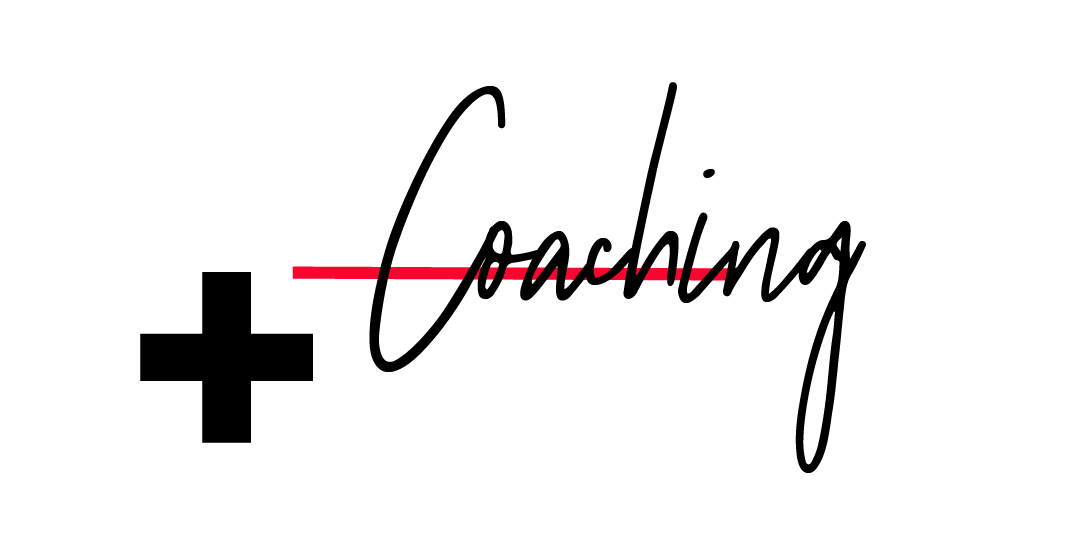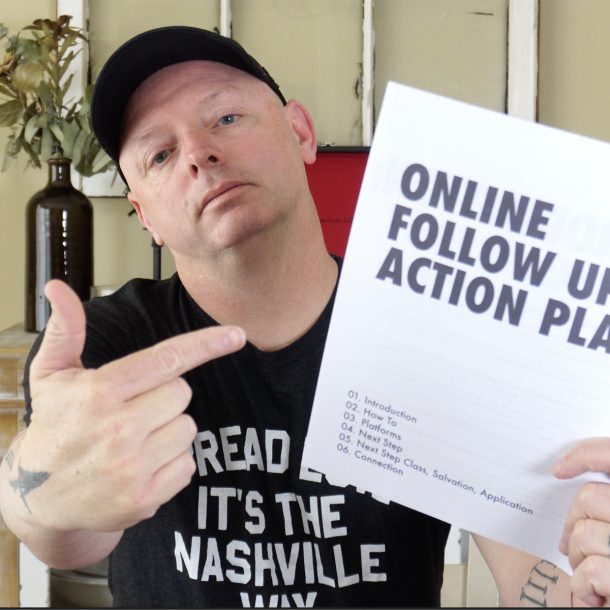
Working on these creative process posts, we want to show how different creative people come up with their best work. In the past we have focused on worship leaders, but today we get to share the process of author Josh Riebock. Josh worked at a church for 5 years before writing his first book.
Josh Riebock lives in Texas with his wife and dog. He’s the author of Heroes and Monsters and My Generation. He loves 80s music. He doesn’t think TV is evil. He once got a really bad tattoo and he sometimes tells the truth.You can visit him at www.joshriebock.com
1. When did you realize that creativity was part of your design?
As a little kid, I spent a lot of time by myself. My personality, mixed with the dysfunction of my family, drove me into my room, out into my yard, and in the summer, into a nearby forest. Out there, imagination, stories, and words became my community. They were my escape. They were my comfort. They were my way of translating what was happening inside my house, inside my head. So I guess I realized that creativity was a part of me when I was young. But then, as I grew up, I stuffed it, ignored it. Why? I didn’t want to be viewed as strange. I wanted to fit in. Maybe I felt like I would be better off it I didn’t enjoy creative things, the arts, as much as I did. And I lived that way until I moved to Austin, TX, in 2005 (26 years old). When I landed there, the creativity and art and imagination that had been sleeping inside me was slapped wide awake. Austin is an eccentric city of artists and progressive thinkers. It has a culture of imagination. And for me, when I collided with that culture, it reminded me of the culture of my own soul and mind, and drew it out of me. I guess you could say that Austin revived the little boy that I used to be. My time in Austin has helped me realize, yet again, that, yes, creativity is a part of my design, and it’s also reminded me of how easy it is to forget. Isn’t that strange? Why is it so easy to forget that we’re wired to imagine? Wired to make? Wired to design? That may be the greatest challenge of an artist: to simply remember that they are an artist. The greatest artists are those that wake up and remember that they are created to create. I want to do that every day.
2. Have you always enjoyed writing?
Yes, for the most part. The first thing I ever wrote was a comic book called Marvelous Marvin. I was maybe eight years old. I wrote it and illustrated it. I even sewed together a Marvelous Marvin doll, stuffed with beans from the grocery store. The whole thing was pretty much a rip off of Spaceman Spiff, a Calvin and Hobbes character. Anyway, I have largely always loved writing. But I also find it completely maddening. Because I believe so much in what writing can be, what it should be, and deserves to be, what I want it to be, I have a hard time being satisfied with it. Often I find myself struggling through it. I expect so much from it. I suppose anything that we love can drive us crazy. Anything that we enjoy will let us down. So yes, I’ve always enjoyed writing, but my relationship with it is a tangled mess of love and irritation, of wonder and disgust. We’re made for each other.
3. What does your creative process look like as a writer? Take us from idea conception to completion?
Typically, I’ll wander around my condo for a little while, maybe lie down on the floor in a pile of books, bounce a ball. I’ll pet my dog. The two of us may go for a walk, and as we wander through the neighborhood, I’ll talk to myself. People may stare at me. I’ll talk to my dog too, ask him questions, hoping that today is the day that he talks back. Eventually, I’ll come back inside the house, maybe watch a movie, maybe lie down some more. I’ll wonder if I really want to try to create something at all. I’ll wonder why I chose to become a writer. How much does a Starbucks barista make? Is Chili’s hiring? It can go on like this for days. But then, at some point, I’ll just start writing. It’s unfiltered. There’s no sense of self-consciousness. I’ll just dump words, phrases, character ideas, thoughts, quotes, memories, all sorts of stuff, down onto paper. There’s no rhyme or reason. There’s no direction. Up until this point, the goal is to burrow as far down into myself as possible. That’s what all the wandering, thinking, and keyboard tapping is about. It’s about discovering where I’m really at. When that is finished, I may have 40-50 pages of stuff. And then I’ll roll with the things that are resonating with me most. I’ll run with the concepts that seem most exciting, the things that seem to hold the most potential. I don’t tend to write in chronological order. I write in the order that my feelings connect to a thought or an idea. But I write pretty much every day. And this goes on for months. And then a few more months. Throughout this entire process I make sure that I’m reading a lot of books. Those help steer me. I talk about the ideas with my wife, my friends, myself. Then, after all that, I start editing, which I do compulsively. I’ll write four or five drafts of a single manuscript. I do massive rewrites. I’ll convince myself that everything I’ve written is trash. Should I go to mechanic school? Could I make a good fruit picker? But I keep going. And then, once I have the skeleton in place, I’ll dissect the words, the punctuation, the margins and transitions, the format, the language, the flow, on and on and on, until I run out of time. And that’s when it’s completed. It’s completed when there’s no more time.
4. Where do you find your most inspiration?
Certainly from other books and writers, but also from movies, music. I hear a lyric, a line, watch a scene, and my head starts spinning. But I also find a lot of inspiration in the quiet. When I get quiet, alone, when I listen to the dozens of voices inside me, hear what they are saying, when I take an honest glimpse into my own emotions, thoughts, desires, and beliefs, that’s often when I feel that igniting wave of inspiration. For me, inspiration often comes in a whisper.
5. When you create art, how do you manage the expectation of how that is going to be received?
Sometimes I do this well, and other times I’m a bit of a train wreck. There are moments when I’m addicted to how my work is received. I focus more on the reception than the work itself. I crave the affirmation. I feel as if I need it in order to believe that I’m creating good things. I fear the rejection, the criticism, the bashing, the indifferent responses. And then other times I don’t pay attention to any of those things at all. Either way, I’m learning that how I manage the expectations of how my work is received is often an indicator of how healthy I am. When I’m unhealthy, I’m controlled by the expectations, the reception. When I’m healthy, I pay what feels like an appropriate amount of attention to those things. So for me, the more important question is: what does it look like for me to be healthy in my mind and my spirit and my relationships? When I’m healthy, managing the expectations of how my work is received seems to fall into place naturally. And of course, when I’m healthy, I’m often much more proud of the things I’m creating.
You can check out Josh’s new book, Heroes and Monsters on Amazon or follow him on twitter for some great tweets.





3. This is my favorite description of the creative process. EVER. “It is completed when there’s no more time” resonates. I think we all talk about how motivating a deadline is, but often, I think we’re really in need of some indicator that it’s time to be okay – or at least done with – this thing we have become so involved with. Amen to the whole darn thing. Thanks.